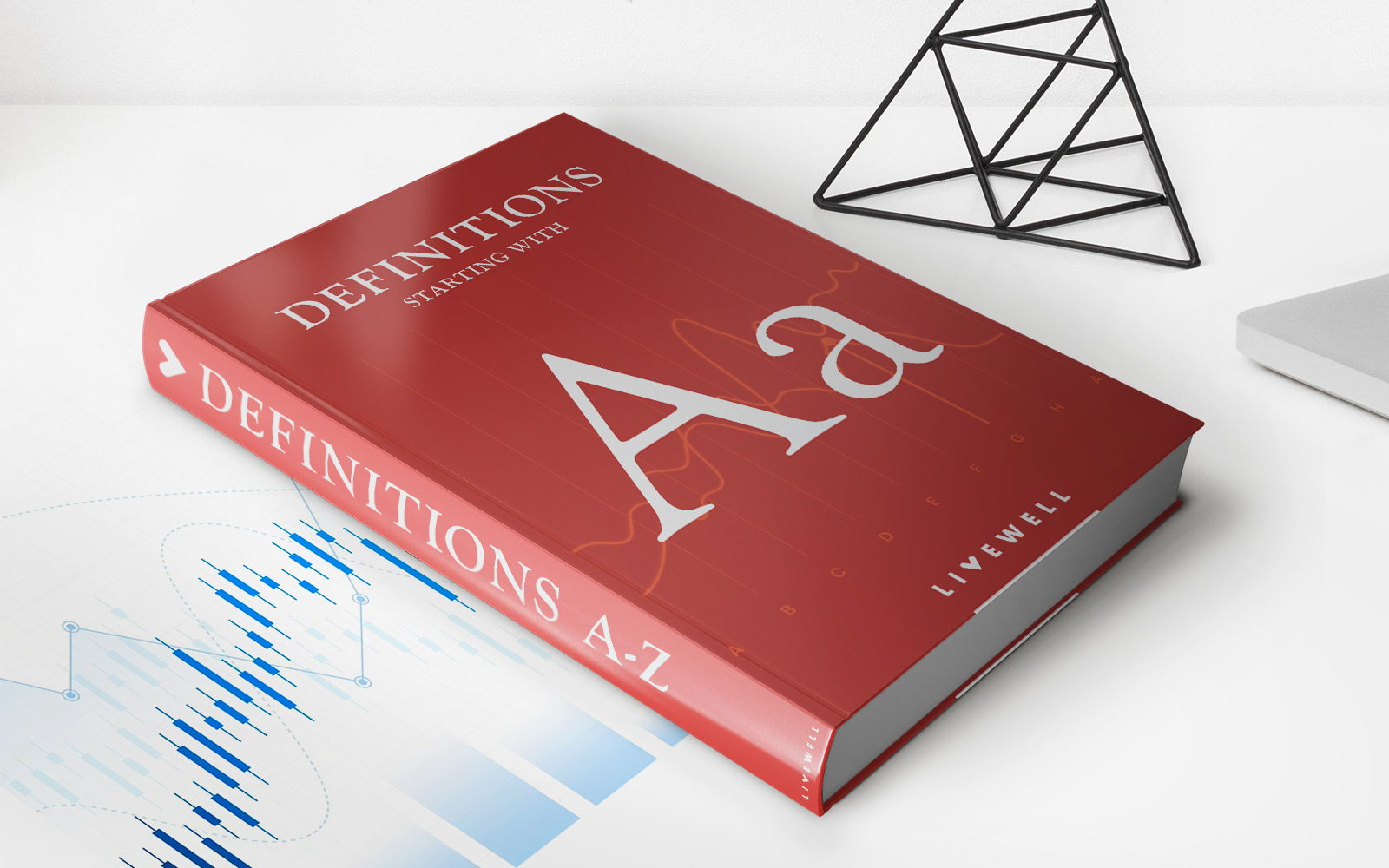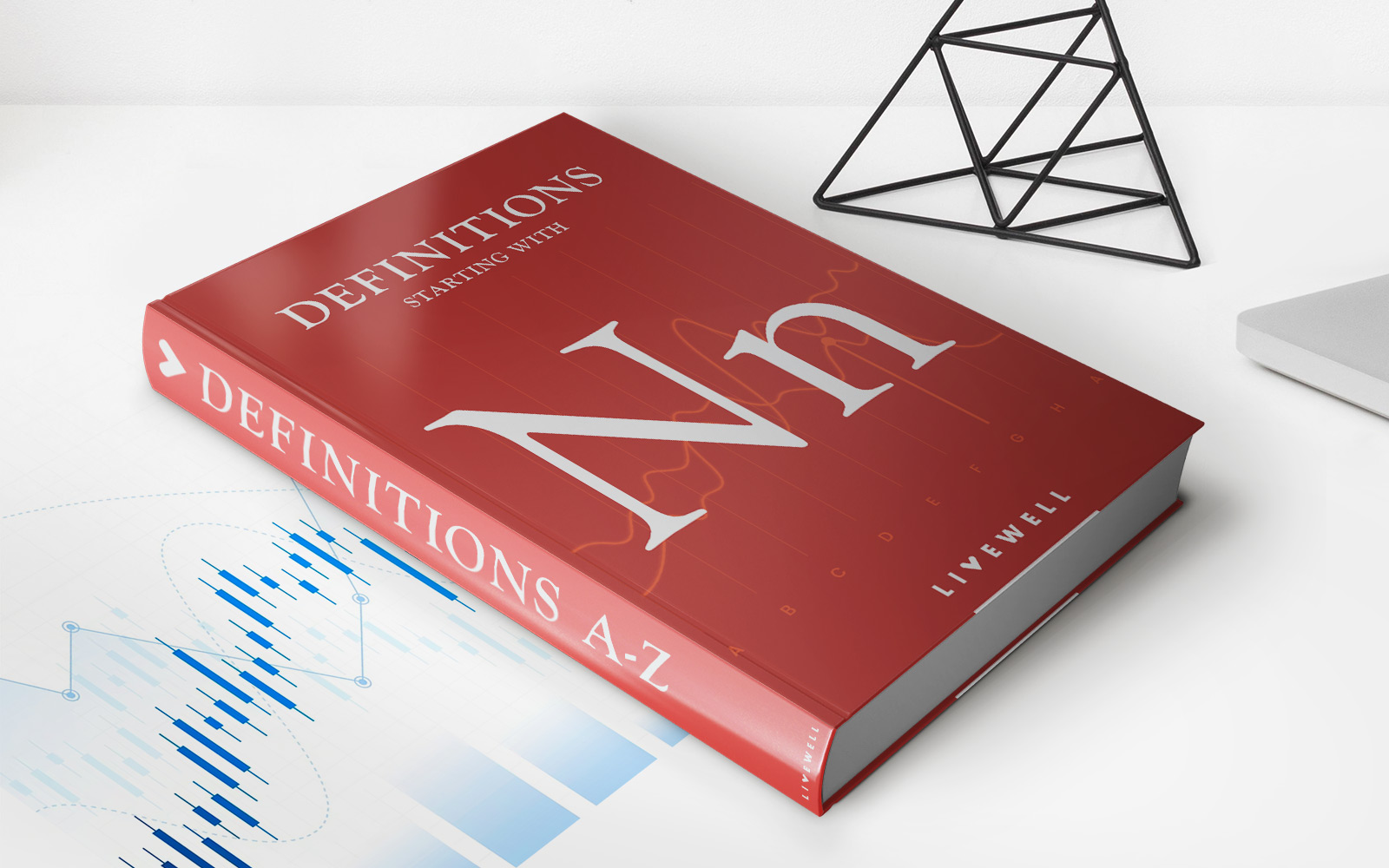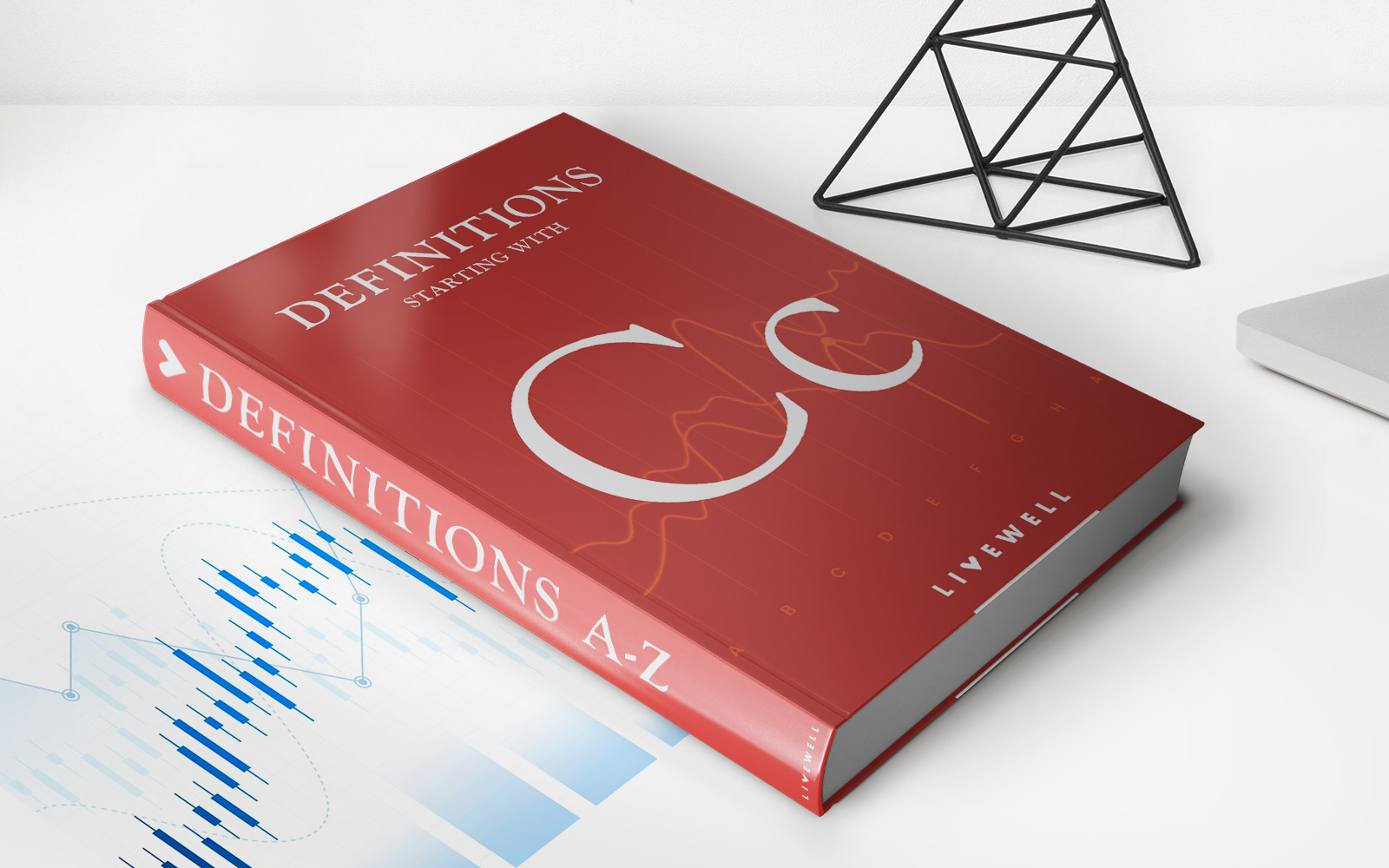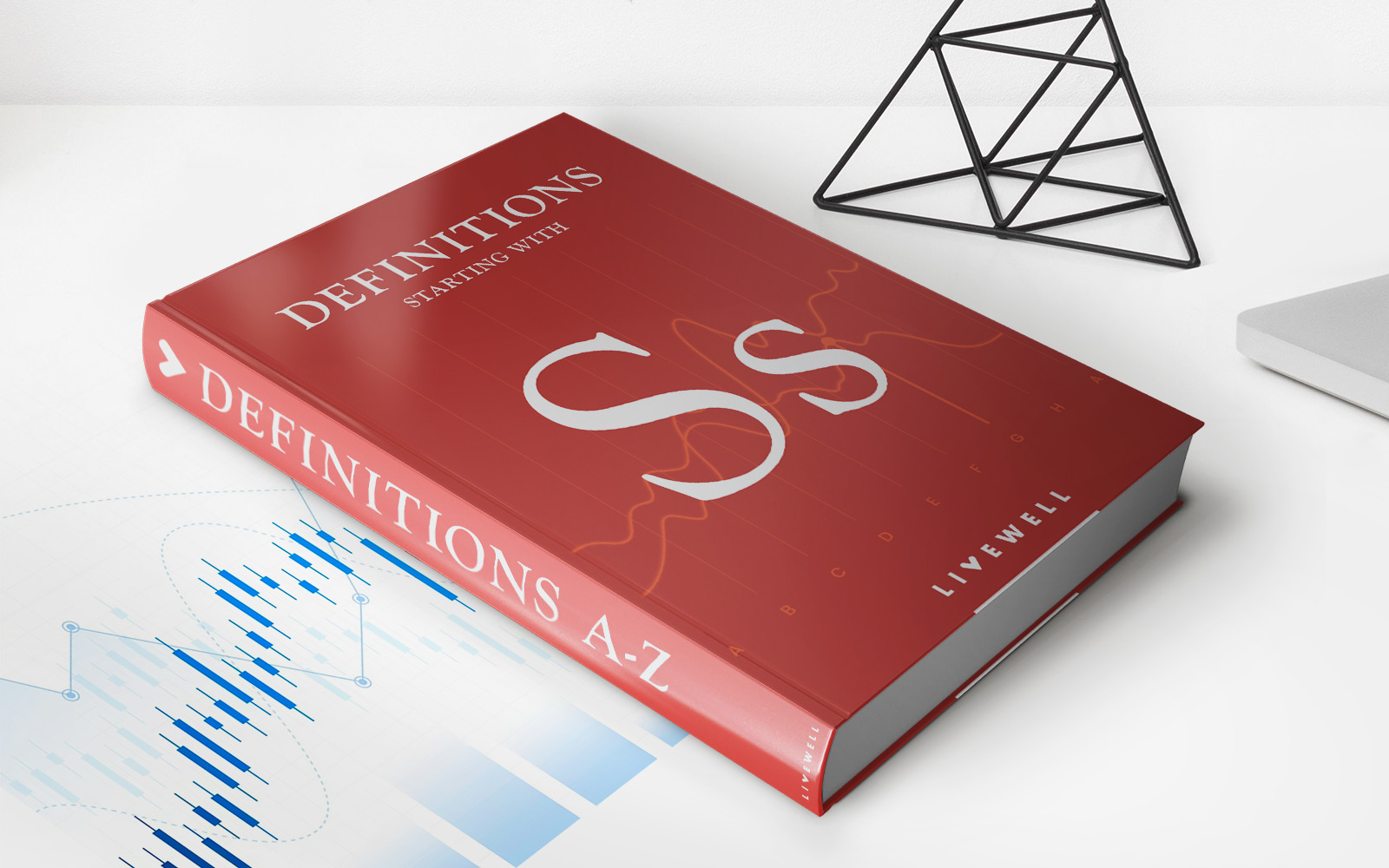Home>Finance>Available Balance: Definition And Comparison To Current Balance


Finance
Available Balance: Definition And Comparison To Current Balance
Published: October 11, 2023
Learn the definition of available balance in finance and understand how it compares to the current balance. Gain insights into managing your financial accounts effectively.
(Many of the links in this article redirect to a specific reviewed product. Your purchase of these products through affiliate links helps to generate commission for LiveWell, at no extra cost. Learn more)
Understanding Available Balance: Definition and Comparison to Current Balance
Finance is always a hot topic, and one area that often confuses people is understanding the difference between available balance and current balance. Whether you’re managing personal finances or running a business, it’s crucial to have a clear understanding of these terms to make informed financial decisions. In this blog post, we’ll explore the definition of available balance, how it compares to the current balance, and why it matters to your financial well-being.
Key Takeaways:
- Available balance is the amount of money in your account that you can spend or withdraw without overdrawing.
- Current balance includes all the funds in your account, including pending transactions that have not yet been cleared.
So, what exactly is available balance? It refers to the amount of money that you can access from your account without incurring an overdraft or exceeding your credit limit. It takes into account any pending transactions, holds, or temporary authorizations that may impact your account balance in the near future. While the available balance is constantly changing as transactions are processed, it shows you the amount of funds you can confidently utilize at any given moment.
On the other hand, current balance is the total amount of money in your account, including both cleared and pending transactions. It represents the snapshot of your account balance at a specific point in time, but it may not reflect the funds you can actually use immediately. The current balance can be misleading, especially if there are transactions yet to be processed, as they can affect your available balance.
Understanding the difference between available balance and current balance is crucial for managing your finances effectively. Here’s why it matters:
1. Avoid Overdrafts and Fees
Knowing your available balance ensures that you do not spend or withdraw more money than is currently accessible in your account. By keeping a close eye on your available balance, you can prevent overdrafts, which can lead to costly fees and potential financial headaches. It gives you a clear picture of your spending limit and helps you make wise financial decisions.
2. Accurate Financial Planning
When creating a budget or making important financial decisions, having an accurate understanding of your available balance is essential. It helps you determine how much you can allocate towards various expenses, savings, or investments. By considering your available balance rather than relying solely on the current balance, you can ensure that your financial planning aligns with your actual funds at any given time.
In conclusion, understanding the concept of available balance and how it differs from the current balance is crucial for effective financial management. By knowing your available balance, you can avoid unnecessary fees, make informed spending decisions, and accurately plan your financial future. So, next time you check your bank account, take a moment to consider your available balance and make the most of your financial resources.














